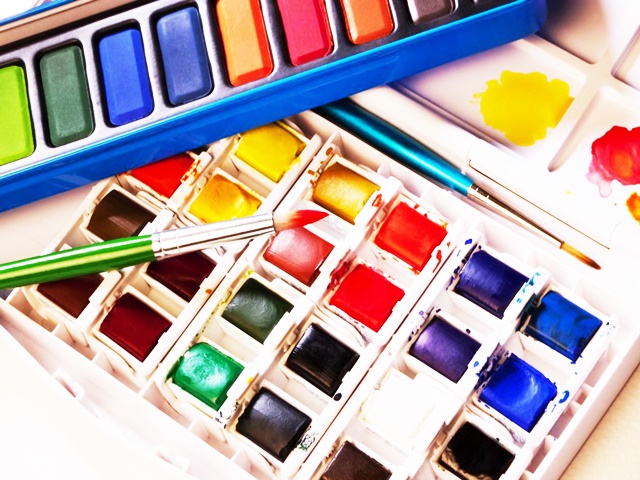Being a beginner means you have to start from the very basics and that’s fine. If you want to expand your painting skills, watercolor painting is both enjoyable and rewarding. Watercolor painting is when color pigments are suspended in a water-soluble base and you can control the addition of water, thus making it very versatile medium to work in. Watercolor paints are thinned with water and often chosen to paint landscape and nature paintings. Take small steps and learn everything you need to know about How To Use Watercolor Painting.
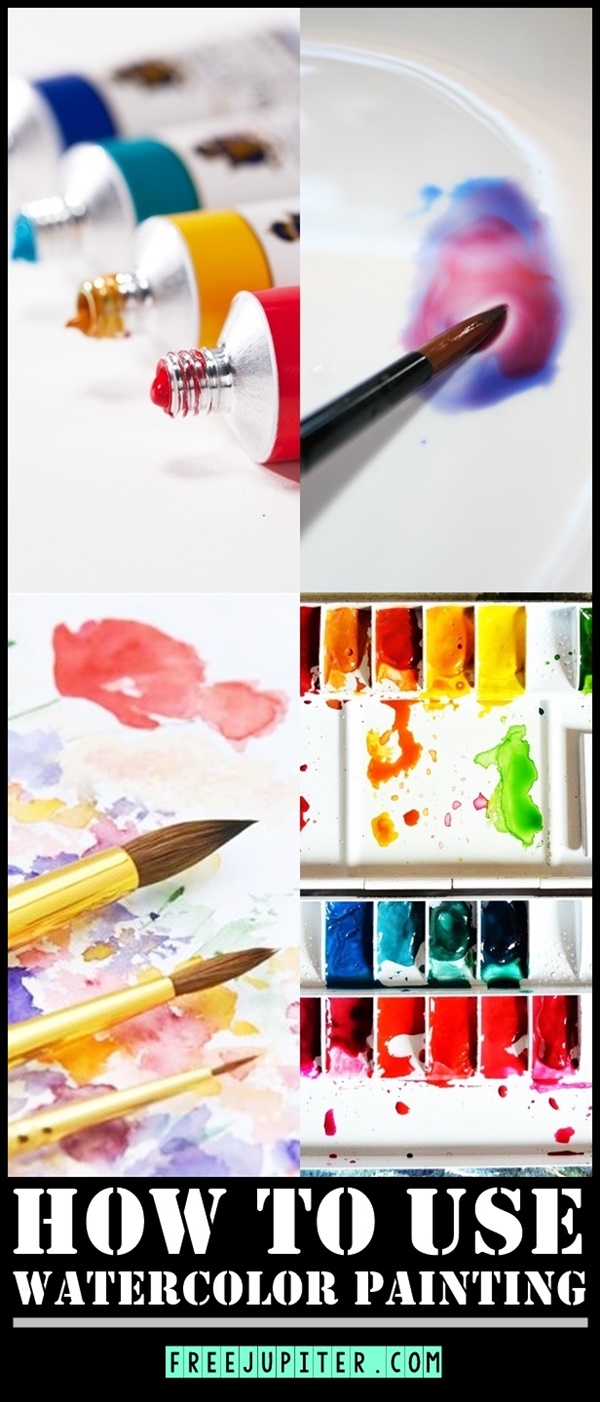
How To Use Watercolor Painting
Supplies
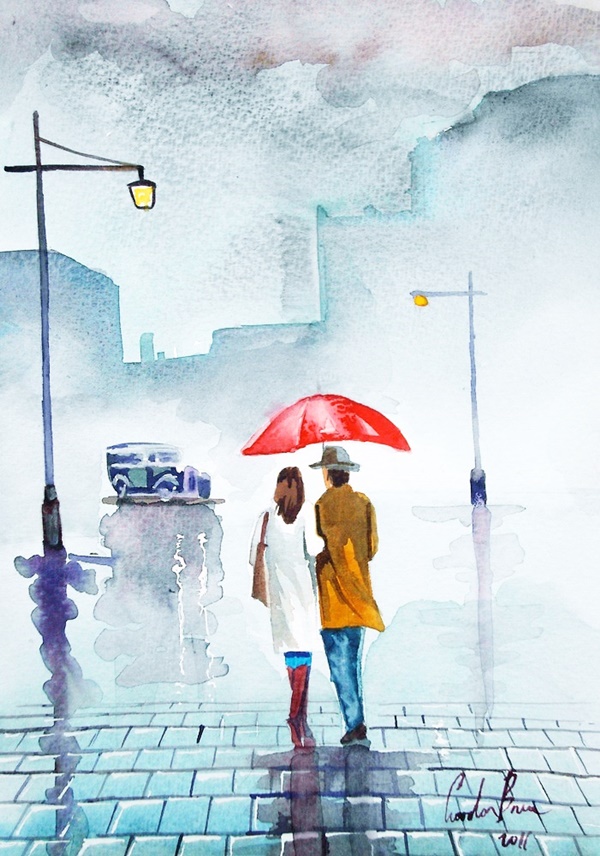
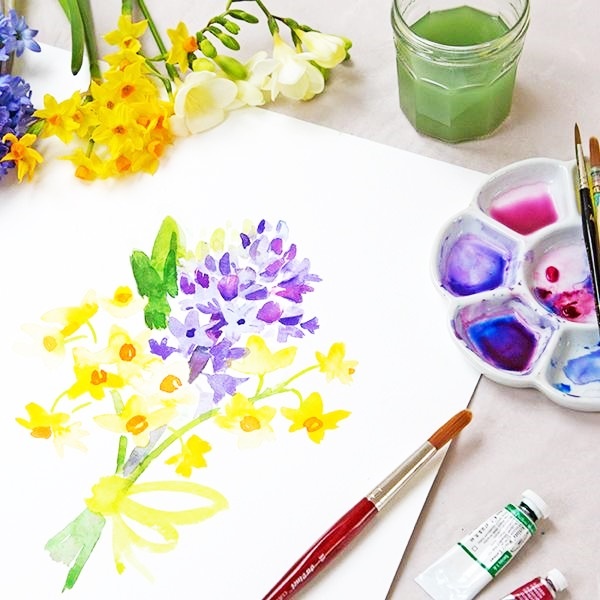
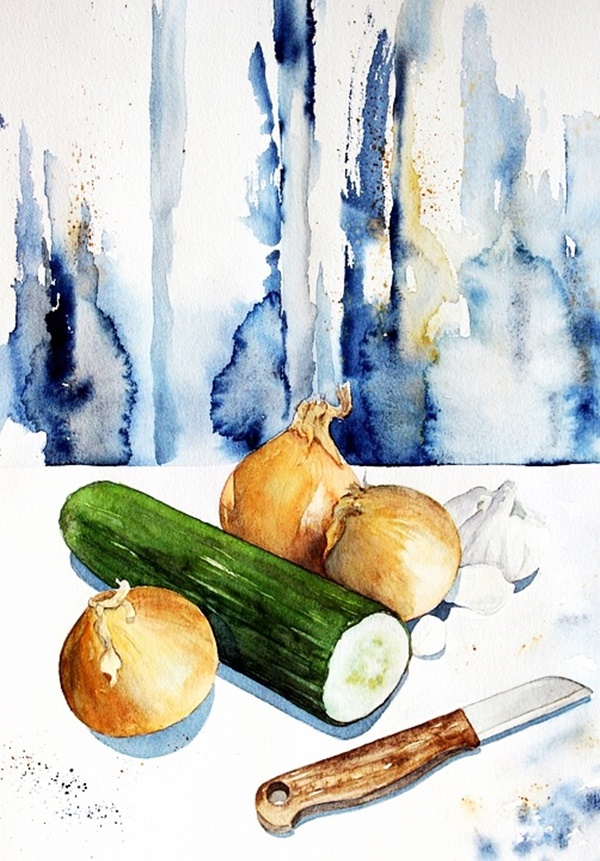
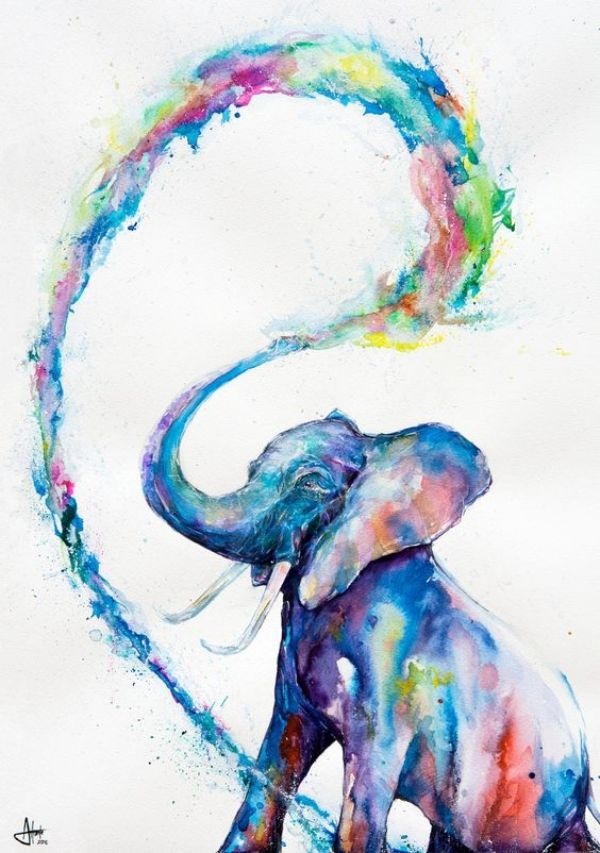
Watercolors
Watercolors are available in either tubes or shallow pan palette.
Types of watercolor paints-
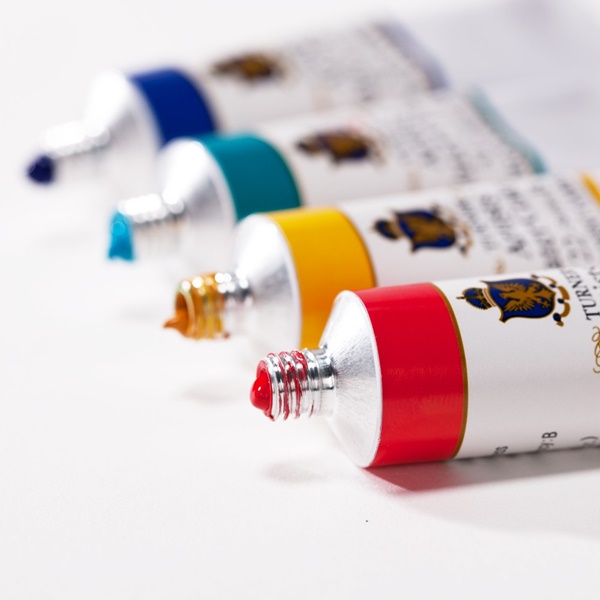
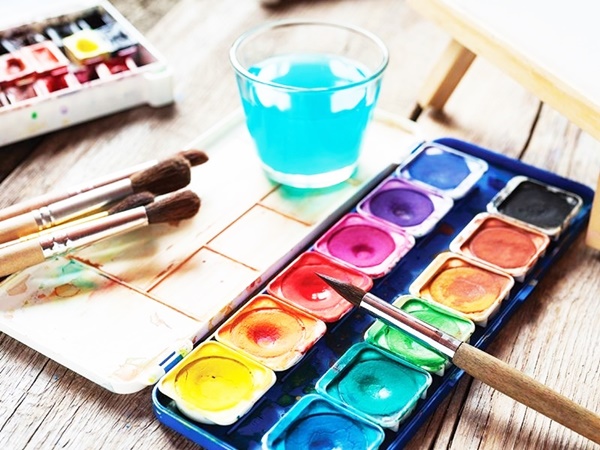
There are a few sorts of watercolor paint accessible financially –
● paint in a metal tube that has the consistency of toothpaste;
● paint that comes with a dry cake in a little plastic container that requires more water to make it to a decent consistency for painting;
● watercolor paint that arrives in a fluid form.
For beginners, it is recommended to buy a set of 12 shade dry cake paints or prepackaged watercolor tubes.
Here You can easily create an adorable piece of a watercolor painting by following these ten pointers to painting with watercolor.
Watercolor paper
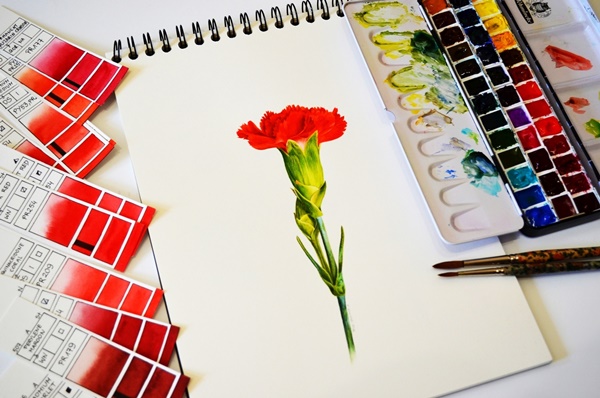
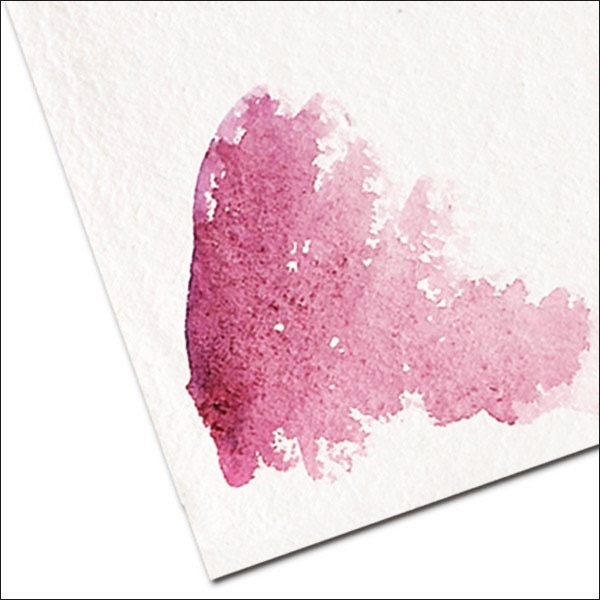
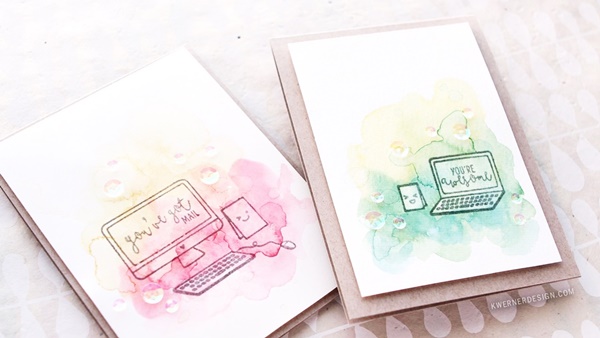
If you want a painting, that doesn’t go bubble when you start, then you need to buy a watercolor paper. It lets the paint dry completely rather than spider webbing the paint. The heavier the paper, the good absorbency it has, so to avoid the warpage of damp paper while painting, you need a good quality watercolor paper.
Types of watercolor paper-
A hot pressed paper has slick surface and cold pressed paper has a little rough and bumpy surface. You can choose the paper, according to the thickness and painting. You also may like these ultimate CITYSCAPE PAINTING ON CANVAS that you try!
Paint brushes
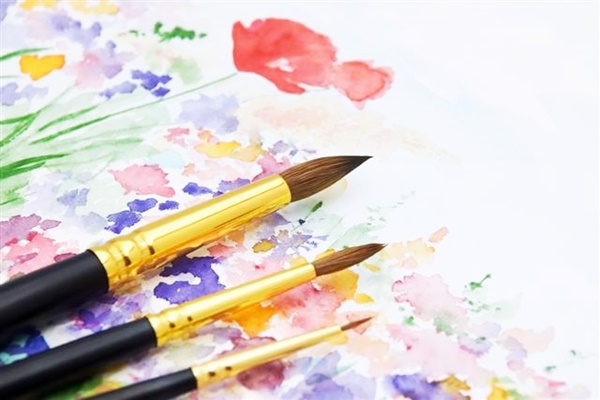
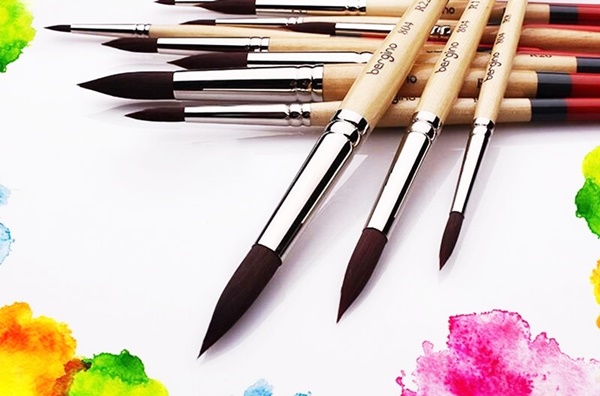
Pick few brushes ranging from round #5 to round #10, a flat brush for large washes. Small round brushes have a sharp edge and are great for detail work.
Palette
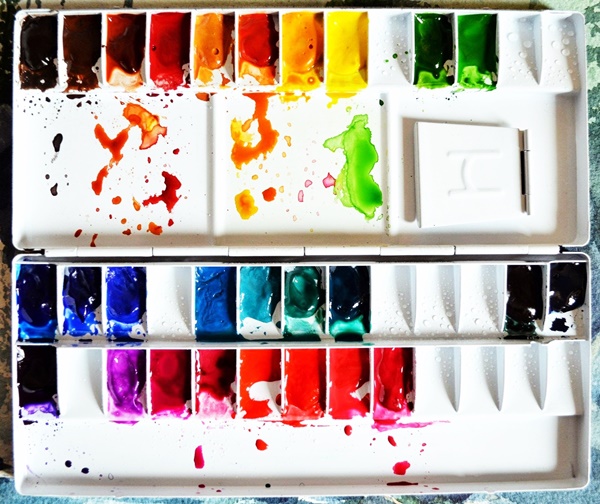
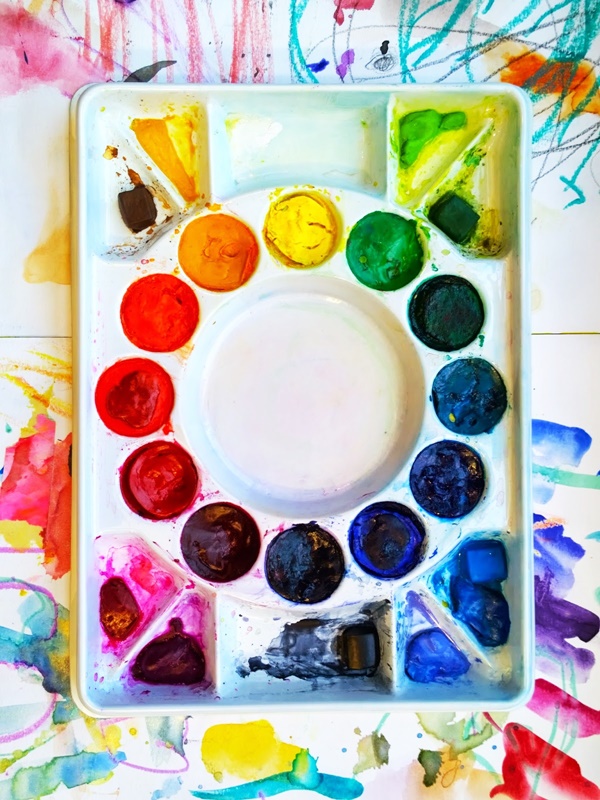
Palette allows you to mix puddles of water and paint, if you’re buying a palette, get a large well palette. You can pull out three different shades of paint and make a new shade in a palette. Refer color charts for mixing shades to get a new shade.
Other than these, you need a glass of water and a clean cloth to wipe your brushes, now that your supplies are ready, keep them close to your workstation and let’s get started!
How to mix paints and water?
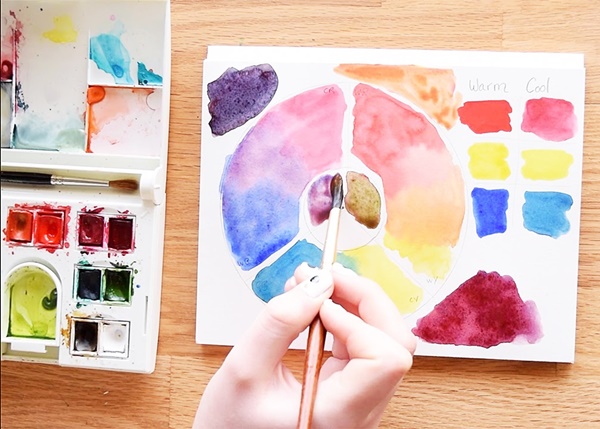
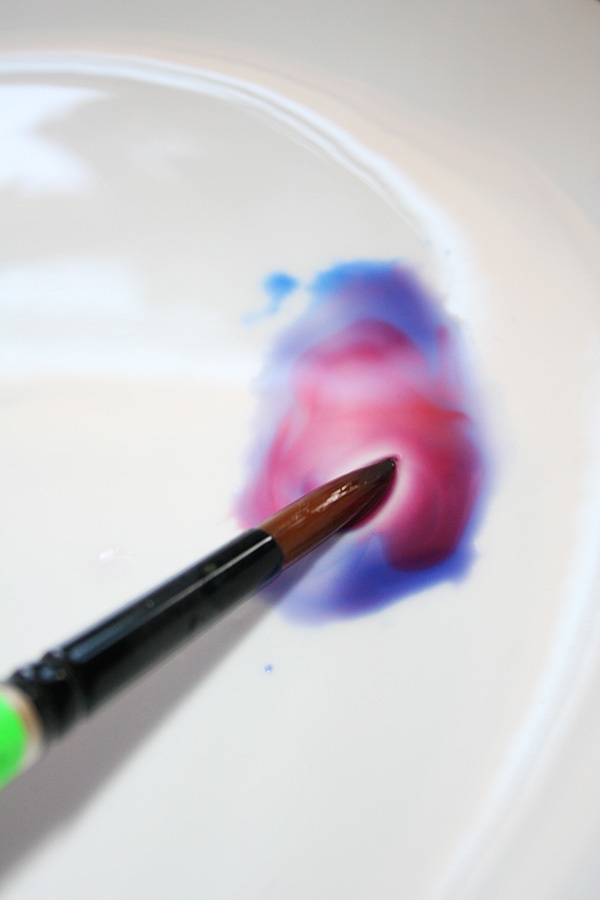
The best thing about watercolor painting is you can completely control the paint opacity.
Tip – Before you start creating a masterpiece, dab a drop of water on your colors to moisten them, effectively making it easier to use.
You can utilize the convergence of water on your brush to control the shade of paint. If you need a light shade, immerse your brush in water and touch the brush’s tip to the paint. On the off chance if you put the brush to paper and the concentration of paint is surprisingly high, dunk your paintbrush in the water once more, and apply it straightforwardly to the paint on the paper. It will disperse! For medium tones, despite everything you’ll apply paint on a wet brush, yet you’ll apply more paint. For dim tones, smear water off the brush {it will even now be wet, however not saturated}, at that point utilize the soaked paint straight off the palette.
How to blend
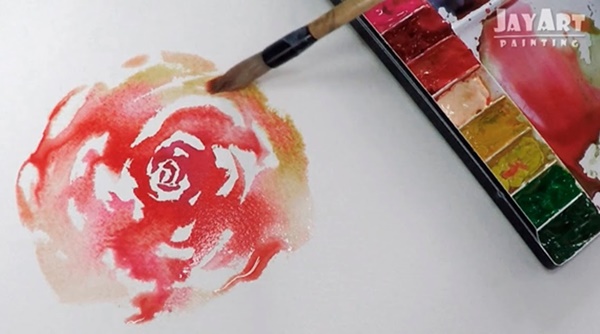
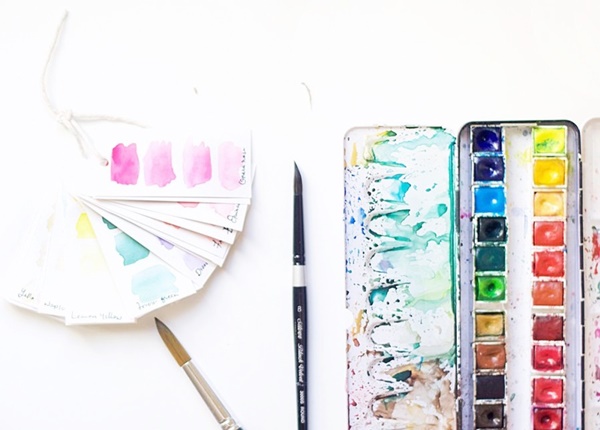
To make your painting look real, blend the different shades of same color. Paint opacity gives the blending required to the painting, blend with water and brush to even out the crevices of the painting. With proper blending, you won’t be able to decide from where medium shade ends and where lighter shade begins! You may also like these creative and simple color pencil drawings ideas.
Tips for a beginner –
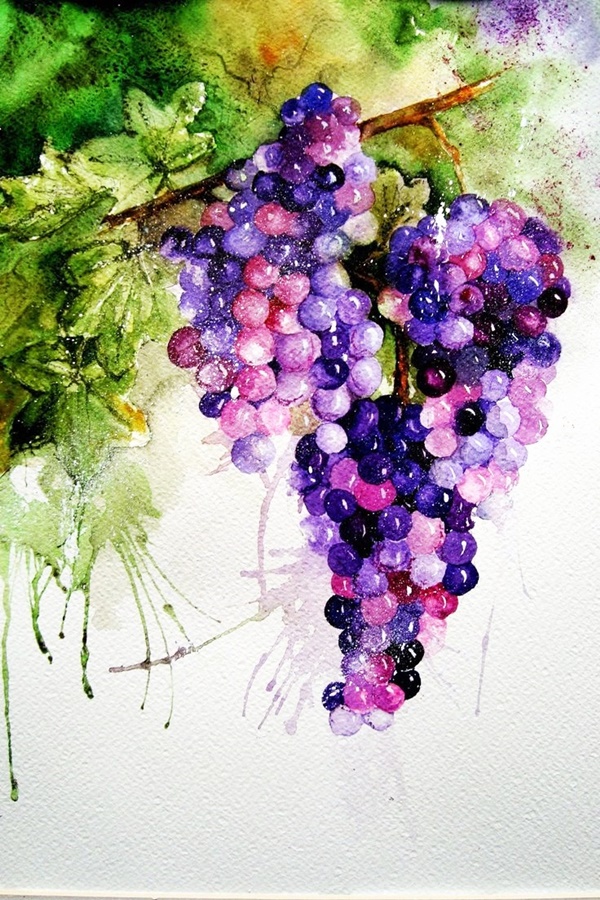
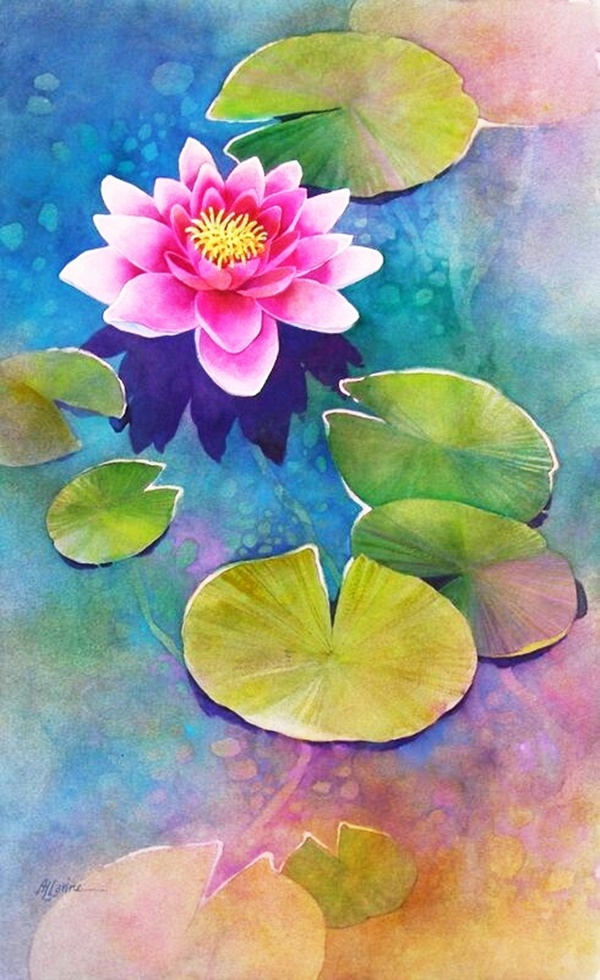
1. Practice mixing colors in your palette, you may be surprised with the outcome.
2. Rinse your brushes in water in a thumping motion, keep changing water when required.
3. Practice how to soften hard edges.
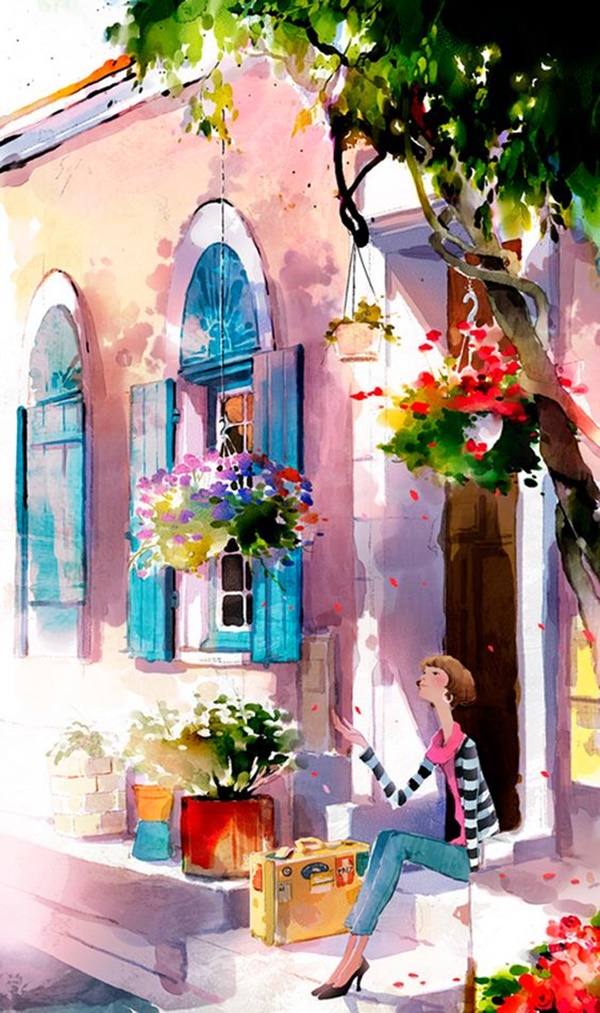
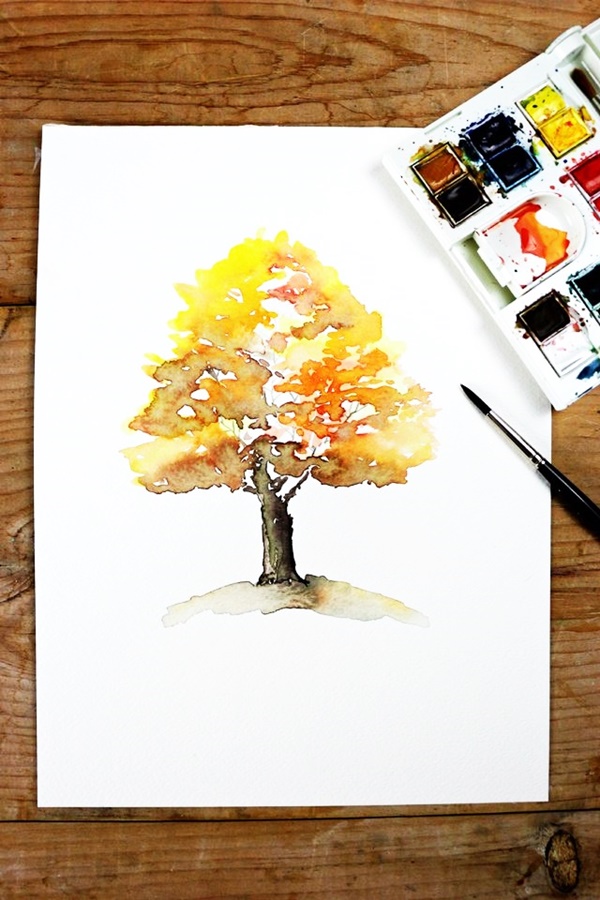
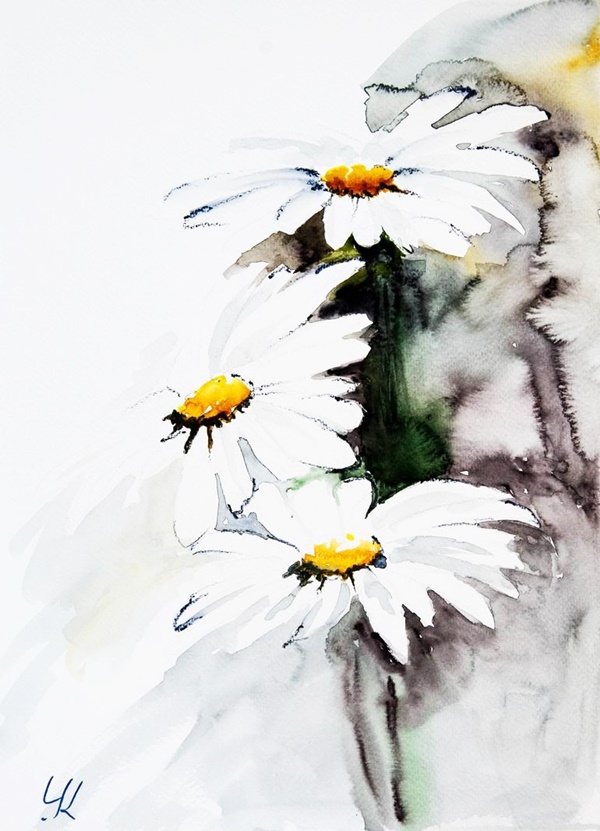
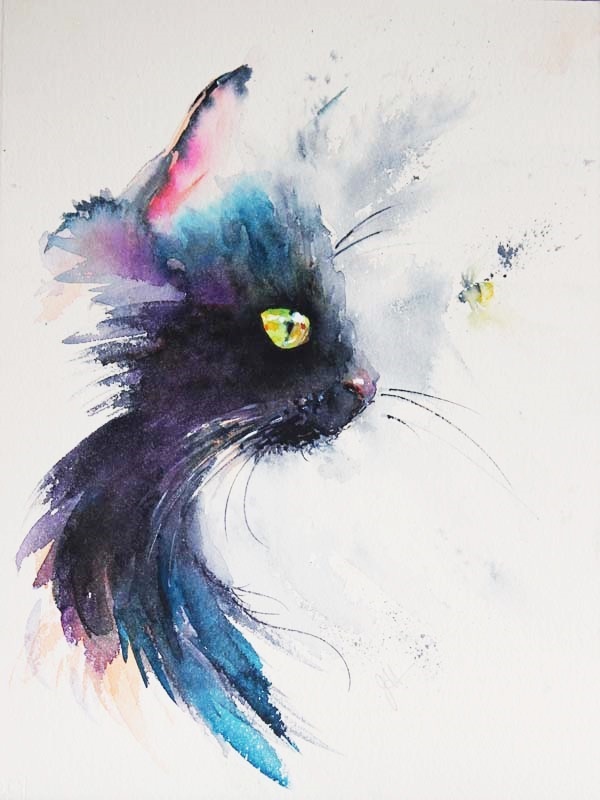
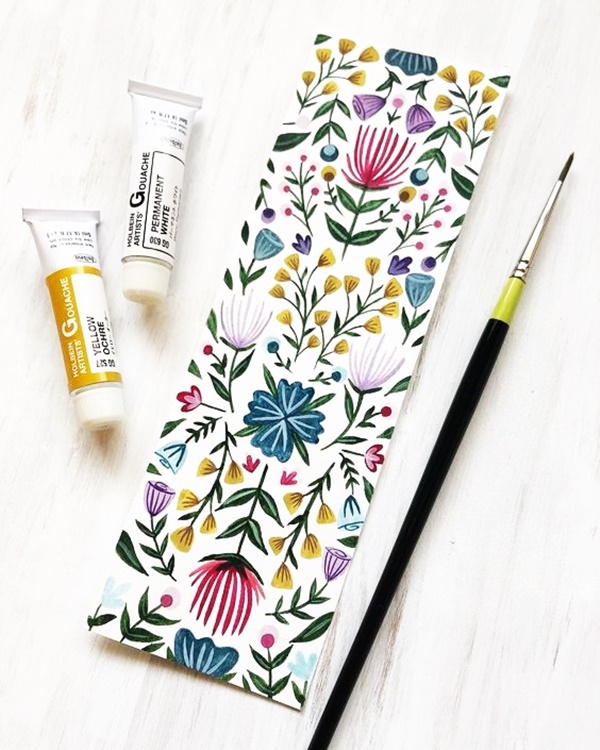
The more you practice, the better you become. Start with painting something you really like and as you improve, keep upgrading your supplies. You will also have to know about the ways to use watercolor. There are a lot of ways to use watercolors and here we have a list of some of you all.
